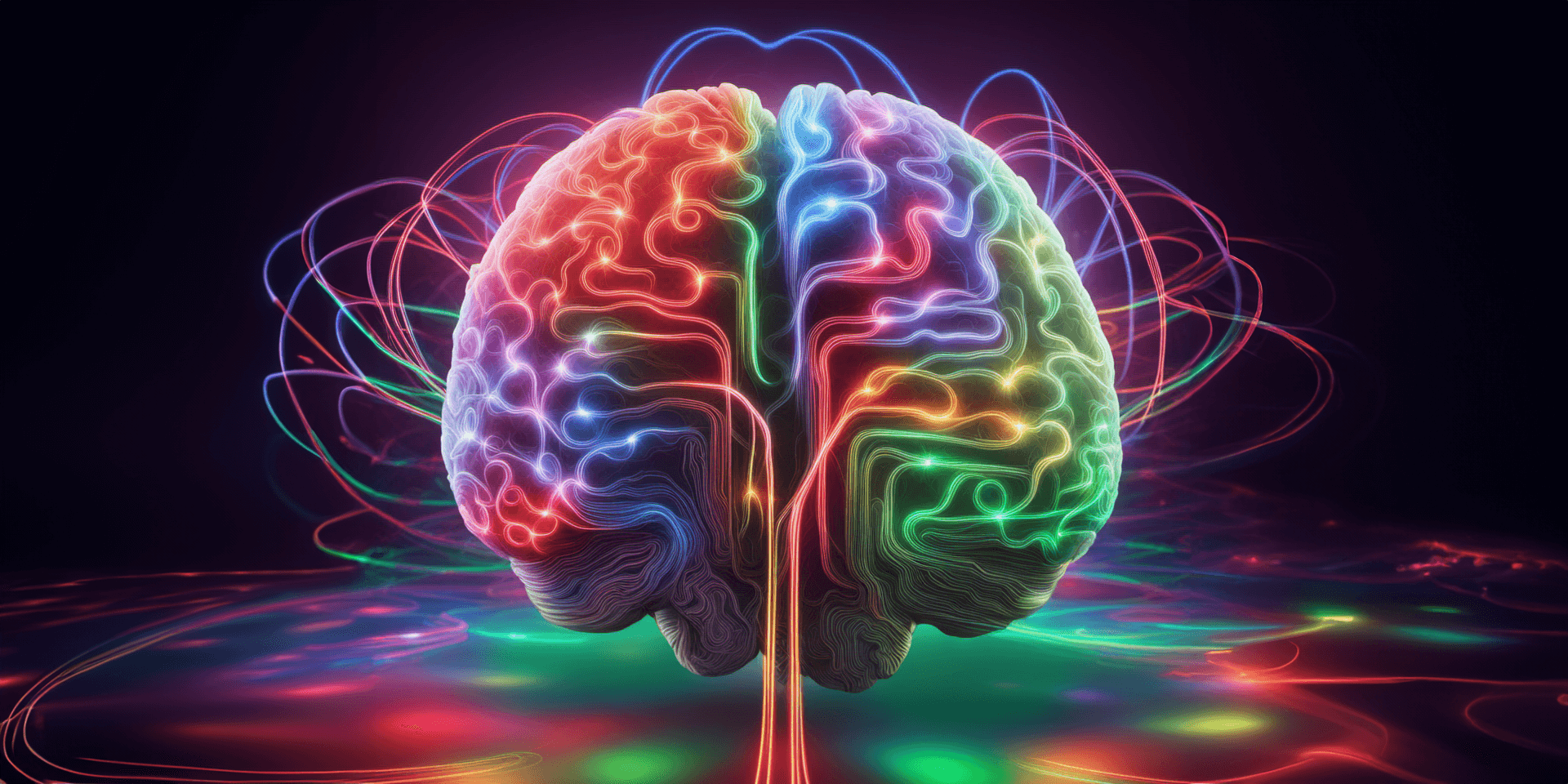Maryam Shanechi, Dean’s Professor of Electrical and Computer Engineering and Founding Director of the USC Center for Neurotechnology, along with her team, has devised a novel machine learning approach.
 Maryam Shanechi. Image Credit: USC Athletics/John Mcgillen
Maryam Shanechi. Image Credit: USC Athletics/John Mcgillen
This method unveils remarkably consistent intrinsic brain patterns among various subjects by untangling these patterns from the influence of visual inputs.
The work has been published in the Proceedings of the National Academy of Sciences (PNAS).
The human brain must process information when engaging in a variety of routine movement behaviors, like reaching for a book. This information is frequently visual, such as recognizing the location of the book. The internal processing of this information by the brain is then required to synchronize the muscle movements and complete the movement.
However, how can the brain's millions of neurons accomplish such a task? Studying the patterns of collective neuronal activity is necessary to provide an answer, but it is also important to separate the influence of input from the intrinsic, or internal, processes of the neurons, regardless of whether those processes are movement-relevant.
That is what Shanechi, Parsa Vahidi, Ph.D. Student, and Omid Sani, a research associate in the lab, accomplished this by creating a novel machine-learning technique that takes movement behavior and sensory input into account when modeling neural activity.
Prior methods for analyzing brain data have either considered neural activity and input but not behavior, or considered neural activity and behavior but not input. We developed a method that can consider all three signals - neural activity, behavior, and input - when extracting hidden brain patterns. This allowed us to not only disentangle input-related and intrinsic neural patterns, but also separate out which intrinsic patterns were related to movement behavior and which were not.”
Maryam Shanechi, Dean’s Professor and Founding Director, Electrical and Computer Engineering, Center for Neurotechnology, University of Southern California
Using this technique, Shanechi and colleagues examined three publicly accessible datasets in which three separate participants completed one of two unique movement tasks: either a cursor was moved sequentially to random locations on a computer screen, or it was moved over a grid.
When using methods that did not consider all three signals, the patterns found in neural activity of these three subjects looked different.”
Parsa Vahidi, PhD Student, Ming Hsieh Department of Electrical and Computer Engineering, Viterbi School of Engineering, University of Southern California
However, when the team used the new method to consider all three signals, a remarkably consistent hidden pattern emerged from the neural activity of all three subjects that were relevant to the movement. This similarity was despite the fact that the tasks performed by the three subjects were also different.
In addition to revealing this new consistent pattern, the method also improved the prediction of neural activity and behavior compared to when all three signals were not considered during machine learning, as in prior work. The new method enables researchers to more accurately model neural and behavioral data by accounting for various measured inputs to the brain, such as sensory inputs as in this work, electrical or optogenetic stimulation, or even input from different brain areas.”
Omid Sani, Research Associate, University of Southern California
By using this approach and the pattern that has been found, one can gain a better understanding of how human brains move in response to external stimuli. Furthermore, by optimizing external inputs like deep brain stimulation therapy, this method can aid in the development of future brain-computer interfaces that regulate abnormal brain patterns in disorders like major depression by modeling the effect of input and separating intrinsic patterns that are behavior-relevant.
Shanechi says, “We are excited about how this algorithm could facilitate both scientific discoveries and the development of future neurotechnologies for millions of patients with neurological or neuropsychiatric disorders.”
Source:
Journal reference:
Vahidi, P., et.al. (2024) Modeling and dissociation of intrinsic and input-driven neural population dynamics underlying behavior. Proceedings of the National Academy of Sciences. doi.org/10.1073/pnas.2212887121.